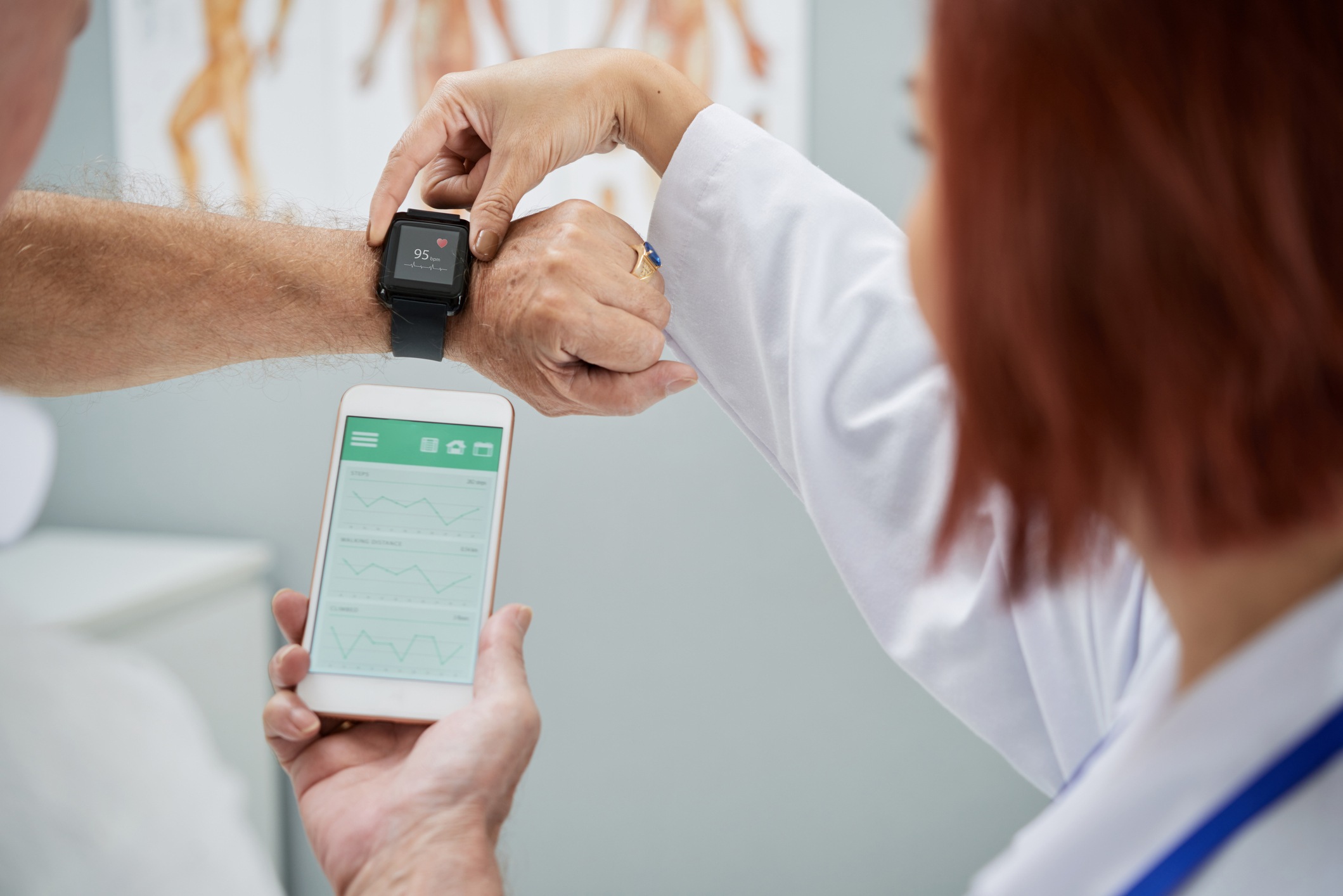
Healthcare and Fitness Industry Being Assimilated
As wearable clothing has become more convenient in collecting personal data about ourselves, it’s almost certain that this technology will begin to drastically change the healthcare industry.
The most innovative clothing of the 21st century can display heart rate information, stress levels, respiratory rate, track calories, and synchronize perfectly with our smartphones (see How Can Smart Clothing Help Active Individuals).
For healthcare providers, this data can be highly beneficial for preventative care, with rising health care costs and many people in the U.S. rapidly losing their insurance coverage. Wearable technology is making an impact on the market at a time when it’s most needed.
Wearable technology has always been marketed directly towards the fitness community, as wristbands and smartwatches were first introduced to help track walking steps and heart rate beats per minute.
As sensors have become even cheaper to produce with each proceeding year, this technology can now easily be woven into optic fibers or fibers that can transmit light-based data.

How Personal Fitness Will Impact the Health Care Industry
Physicians often recommend that their patients follow an “exercising 3 times a week along with a clean, healthy diet” protocol. Moderate exercise is regarded as a general requirement for the prevention of diseases that often result from long bouts of inactivity.
It’s no wonder then that fitness professionals, such as coaches or dieticians, often have a more accurate picture of a patient’s health information, rather than their health care provider. People generally see their physician once or twice a year, while personal trainers may meet with clients several times per week.
For a personal trainer to best help their clients, he or she will evaluate that person’s height, weight, age, and average daily activity levels to make a basic training program.
However, if the trainer wants to be truly effective, they’ll want to collect additional information such as body fat percentage, resting heart rate, and body part measurements.
Many boutique studios and fitness clubs have already begun to implement technology that offers a level of service that’s both professional and state of the art. Having accurate information about our fitness helps save time and provide better results than in the past.
Wi-fi and Bluetooth technology will connect the gap between the fitness and healthcare industry in upcoming years.
With Apple recently announcing gym equipment being integrated to smartphones and watches, the fitness data can be saved and managed into one cloud system, which could be managed by either your personal trainer or physician.
The Wrap Up
Wearable technology is making a slow transition to casual clothing that can detect important fitness and health information using sensors and optics fibers. As smart clothing can provide a benefit for professionals to better evaluate clients’ progress during a period time with more accurate data, healthcare can benefit greatly from the personal training industry’s steps towards innovation.

Leave a Reply
You must be logged in to post a comment.